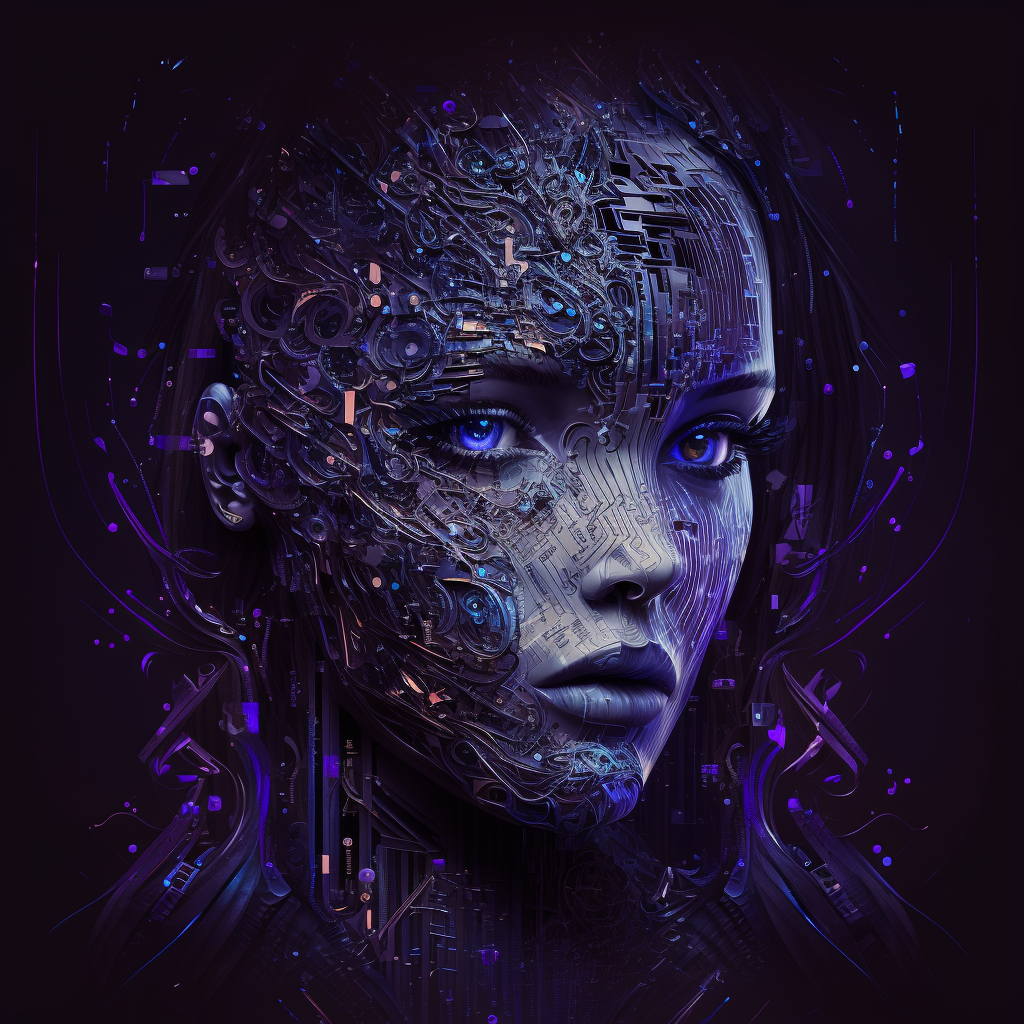Generative Ai & Gan
 Sanghamitra Phukan
Sanghamitra Phukan
Artificial Intelligence (AI) is no longer a futuristic concept - it’s changing the world we live in today. It enables machines to perform tasks that would typically require human intelligence such as recognizing speech, making predictions and solving problems. It has helped us to make wiser decisions and automate repetitive and tedious tasks; optimizing the operations much more effectively and efficiently.
Even though many AI algorithms exist, one type of AI that is causing a buzz in the industry is generative AI. With the growing popularity of Generative AI tools like ChatGPT and Midjourney, users can now generate new ideas, content and solutions faster than ever before.
This article is an attempt to understand what is Generative AI look at one of the primary Generative AI models: - GAN
WHAT IS GENERATIVE ARTIFICIAL INTELLIGENCE?
Generative Artificial Intelligent is a subfield of Artificial Intelligence that utilizes unsupervised and semi-supervised Machine Learning techniques. Generative AI describes algorithms and models that can be used to create brand-new content including audio, videos, text, and even simulations and so forth.
It has a ton of practical uses from improving the resolution of pictures and creating new business models to its use in developing new drugs in the field of medicine.
Unlike the other forms of AI such as predictive or classification models that are trained to make predictions or categorize data, generative AI models are designed to create new data that will resemble the original input data.
MODELS OF GENERATIVE ARTIFICIAL INTELLIGENCE?
Some of the prominent frameworks or models of Generative Artificial Intelligence are:
Generative Adversarial Network (GAN)
Transformer-Based Models
Variation Auto Encoders (VAEs)
BERT
Autoregressive Models
GENERATIVE ADVERSARIAL NETWORK (GAN)
WHAT ARE GANs?
Generative Adversarial Network (GANs) was introduced in the year 2014 by Ian Goodfellow and his colleagues. GANs are a class of Machine Learning that can generate new examples using the original dataset that was used to train the model. Here are two neural networks: a generator and a discriminator. Here agents are pitted against each other in a form of a zero-sum game, where one agent’s win is another agent’s loss. The goal of the generator is to create fake data as realistic as the real data whereas the goal of the discriminator is to identify the fake data from the real ones. The two network plays a game of cat and mouse until the generator creates the data that the discriminator cannot distinguish from the real ones
ARCHITECTURE OF GANs.
GANs is a deep learning architecture consisting of two Neural Networks that work together: a generator and a discriminator. The generator and the discriminator are trained together in a process called adversarial training. During training, the generator takes in random noise as its input and transforms this noise into meaningful output i.e fake data that resembles real data.
As for the discriminator, it takes the output of the generator and the real data as input and outputs a probability score if the input is real or fake. Both networks are trained together. The generator receives the score of probability from the discriminator as feedback on how to improve the quality of the generated data and the cycle continues. The discriminator is trained using backpropagation to adjust its weights and biases so as to minimize its classification error. As the generator improves the discriminator performance decreases as it cannot easily differentiate between the data.
When the discriminator fails to determine if the data is from the generator or are the real data set, then the optimal stage is reached.
APPLICATION OF GANs.
GANs have a wide range of applications which includes the following:
Image and videos: GANs can create realistic videos and images which can be used in graphics and animations.
Image super Resolution: To improve the resolution of an image using a Super-Resolution Generative Adversarial Network (SRGAN)
Text–to–Speech: GANs can be used to produce speech from the provided text using GAN-TTS (generative adversarial network for text-to-speech)
Generative Adversarial Networks are a powerful tool in AIML that have revolutionized the way how machines interact with the data. As GAN continues to evolve and becomes more advance, they will have a greater impact on shaping the future of AI and driving innovation. The growth of generative AI is proof of the vast potential and impact of GANs
Subscribe to my newsletter
Read articles from Sanghamitra Phukan directly inside your inbox. Subscribe to the newsletter, and don't miss out.
Written by
